SAIS Europe 70th anniversary lecture
Remarks as delivered at the SAIS Europe Auditorium in Bologna
Thank you, Renaud. And buona sera a tutti!
I am delighted to be with you all today to celebrate the 70th anniversary of SAIS Europe, nee Bologna—and delighted to find how closely it coincides with the beginning of Hopkins’s 150th year. Mille grazie for the cupcakes!
To be in this magnificent city so close to our colleagues at Unibo—and in the company of distinguished guests like its rector, Professor Giovanni Molari, and our keynote speaker, Paolo Gentiloni—is not only a profound pleasure, but also a precious reminder of the rich lineage of ideas, intellectual inquiry, and scholarly dialogue with the power to shape society that was born here.
A powerful lineage that we cannot take for granted. A lineage whose success was and is far from assured.
Indeed, when a young American, Mary Lee Lincoln, arrived in Bologna in early February 1955 to join the new school in its first year, she saw precarity all around her. “We could see,” she said, “the remnants of the war everywhere…signs that said ‘Refugio’ for bomb shelters and ‘MM Mussolini’ for death to Mussolini.” Even Piazza Maggiore had chips in its sturdy stone walls from machine gun blasts, “pockmarks of partisan revenge against the Fascists.”
This was Europe in the wake of World War II—bearing the visible scars of conflict, and yet, and yet, beginning to nurture the potent if still precarious promise of a new, democratic postwar order.
Two miles north of Piazza Maggiore, nestled in Unibo’s campus, convening in borrowed classrooms and working in spaces that had only moments before been bathrooms, the Bologna Center nurtured this promise.
Ms. Lincoln described a decidedly un-Italian-sounding atmosphere of frenetic activity, but one in which everyone—American and Italian alike—was, and I quote, “going at fever pitch…scrambling to try to get it right.”
And get it right they did.
The SAIS Europe of 1955 may have had scant resources, but it was rich in moral vision, in intellectual firepower, and in can-do persistence. The tight-knit international community that Lincoln and her fellow students and professors helped inaugurate embraced the challenge of providing the ideas that would stabilize the postwar democratic order and fortify the transatlantic compact.
Year after year, decade after decade, visionary leaders and dedicated public servants emerged from Bologna, bringing the vision of founding minds like C. Grove Haines to the service of the global community as they helped to build networks of aid, the foundations of NATO, and the frameworks of the EU.
But today, as this room knows all too well, the postwar global order that SAIS and its decades of Bolognesi have been so instrumental in building and sustaining is badly frayed. Indeed, as was true in the Bologna of 1955, its fractures are visible.
Today, we inhabit a multipolar and increasingly polarized world—a world in which institutions long charged with upholding the liberal democratic global order are under attack and authoritarianism is gaining traction to a degree unprecedented in 70 years of SAIS Europe’s existence. The evidence is both clear and urgent: less than 8% of the world’s population live in a full democracy, while nearly 40% now live under authoritarian rule.
On both sides of the Atlantic, incumbent governments have been swept out of office, with the cracks and pockmarks of conflict emerging in their wake. We are seeing incursions on governmental and civil institutions formerly seen as unassailable, and the foundations of the transatlantic compact that has so long stood us in good stead are being shaken by a swift and growing retreat from more than half a century of global partnership among nations around the globe, including my own.
So today, as we look to the future of SAIS Europe, the call we face is equally clear and urgent: to forge a bold new architecture of ideas for this new epoch.
How will we confront the challenges posed by new centers of global power? How can we protect the flame of a liberal democratic order from the tempestuous headwinds we are now facing—the rising headwinds of authoritarian encroachment, of institutional distrust, of disinformation and hyperpartisanship? How must we recalibrate our institutions so that they remain true to their foundational values, yet responsive to the present and oriented towards a more just future?
These challenges are grave, and they are real.
But as we reflect on the founding moments of SAIS Europe, and the way this small but determined institution met the challenge of its inaugural moment, I do not doubt that we can rise to the challenge of our own.
This is not to say that institutions—even the one we celebrate today—are perfect. Today, universities face a plummeting of public trust to all-time lows. And while I find many of the critiques lobbed our way misguided or just plain wrong, we must heed those that contain kernels of truth. We must, in the best tradition of the academy, engage these critiques and refine our ideas and practices in the open contestation of ideas that is the foundation of great universities—and great democratic societies.
And I believe that SAIS at seventy is poised, as it was in 1955, to rise to this moment—to once more get it right.
Today, SAIS draws on the wisdom of experts and friends on both sides of the Atlantic—friends like James Anderson, who has helped us to imagine a Vision 2030 that will expand faculty in key areas, deepen connections between campuses, and ensure that SAIS can recruit the students who will emerge as the next generation of international leaders, peacemakers, and diplomats who will bring new ideas, insights and practices to a world so urgently in need of them.
Thank you all for being here as we rededicate ourselves to the impact and promise of this extraordinary place.
And now, Renaud, I’ll hand it back over to you.





